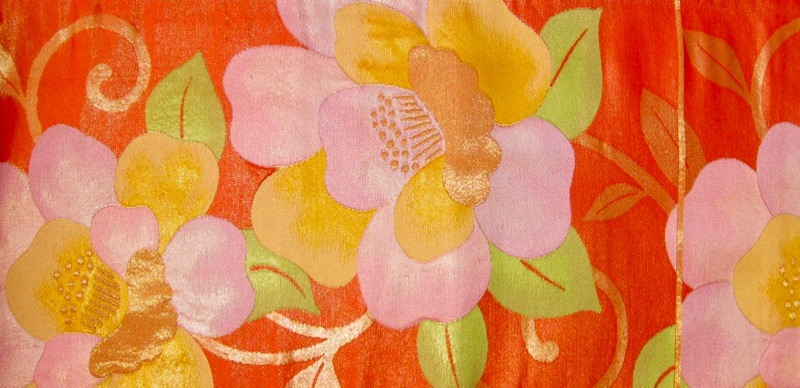
Meri and the neck
The technique of meri involves changing the angle of the air-stream into the flute thus closing off more of the top of the flute, to effect a lowering of the pitch of a note. This can be accomplished in a variety of ways and the most commonly used method is to incline the front plane of the face, whilst maintaining the tone.
The physical mechanism of doing so is easily understood: the neck stays vertical. The skull totates on top of the cervical spine to cause the chin to move up and down. Only the skull moves....the rest of the body is still and upright.
The flute itself does not waive about, it merely pivots in space around the hands on the body of the flute. The head rocks back and forward on its fulcrum point at the top of the neck, thus causing the chin to change position in space. It is important to keep the upper torso and particularly the neck in vertical alignment during meri.
As you drop your chin you will notice that the flute, consequently, changes it's angle of inclination, with the hands staying where they are.
As a result of this skull movement, more of the embouchure blowing hole at the top gets covered and the pitch lowers.
TIP: Allow your top lip to loosely come forward over your bottom lip, as you rotate the skull into meri position.
Two inefficient modes to be watchful for: 'chicken neck' where instead of the chin dropping freely, it gets forced backwards into the neck. Also watch for 'head droop', where the entire head/neck architecture falls forward during meri, as a slump.
meri kari changes
All through shakuhachi music, meri and kari techniques are used, sometimes several times in one phrase. For these modulations to have musical meaning they need to be rendered crisply and played in a way that respects the reference pitch from which the modulations diverge. The listener should be able to discern a meri-kari modulation as being a variation on the reference note, not a vague serpentine pitch shift. In order to give that impression, the meri kari changes need to be crisp.
The reference pitch from which the meri/kari change is made should be clearly perceptible all the way through the phrase. Otherwise you end up with the ’drunken snake’ effect, an uneven sine wave effect that obscures the reference pitch.
There can be a tendency, after a meri note is sounded, to fail to fully bring the chin/skull back up to normal position. If so, all the following notes would sound flat.
Generally speaking, meri notes are played softly. They are a 'yin', hidden sound in contrast to the 'yang' exposed sound of regular kari notes. There is a certain tonal color or timbre associated with these meri notes that forms a significant part of the sound picture of the shakuhachi music. The variations arising from playing notes in a meri position lend idiomatic character to the aural palette.
Tsu meri
Tsu meri is well worth spending time exploring. It is pitched between E flat and D (in most shakuhachi traditions, and on a 1.8 length), and requires careful shading on the lowest hole (1). Most of that hole will be covered. Blow softly to get the correct pitch. The chin will have to be dropped downwards quite significantly. It is useful to be able to 'roll' your finger over hole one to adjust the tsu-meri pitch. If you detach the finger rather than roll it across the hole, you are less likely to nail the correct pitch consistently. Pitch accuracy in the meri notes comes from a combination of aural experience and tactile memory of how the fingers should cover the bottom hole.
'Softly' means different things to different people. Blow tsu meri as though you are faintly ruffling the wings of a butterfly. Over time you'll discover that tsu meri, like any note on the flute, has a surprising range of tonal possibilities, including being able to go quite loud, if necessary!
Kari technique
The opposite of meri, kari technique intends to raise pitch. Either rotate your skull upwards (thus opening up the mouthpiece and changing the direction of airflow) or rock your head sideways, blowing to the side of the sharp edge of the utaguchi: achieves the same result.
Shakuhachi for sale